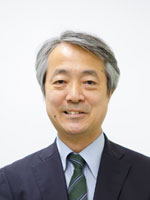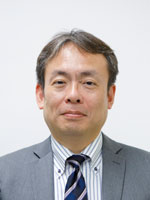Point
We have measured the Planck constant, one of the fundamental physical constants, with the world’s highest accuracy, and contributed to the redefinition of the kilogram.
Background
The unit of mass, the kilogram, is currently defined as the mass of the International Prototype of the Kilogram (IPK), the world’s only one weight. However, it has been recognized that the mass of IPK varies, due to surface contamination, in the long term. For this reason, to revise the current definition to a definition based on universal, fundamental physical constants, research for determining fundamental physical constants with higher accuracy than the long-term stability of the mass of IPK has been conducted in various countries.
Outcomes and Methods
We have developed an ultrahigh-precision laser interferometer, a surface analysis system, etc. to measure the shape of a silicon single-crystal sphere having a diameter of approximately 94 mm with an accuracy of better than 1 nm. Then, we have measured the Planck constant with the world’s highest accuracy. In addition, on the basis of the highly accurate measurement results of the Planck constant obtained by AIST and multiple overseas research institutes, the Committee on Data for Science and Technology (CODATA) has determined the value of the Planck constant to be used for the new definition of the kilogram.
Future Plan
In 2018, a discussion will be made on whether or not to redefine the kilogram based on the Planck constant. This is the first time that Japan will be directly involved in determining the definition of the base unit in the International System of Units (SI), and it can be said to be a historic achievement, contributing to revising the definition of the kilogram, which was defined approximately 130 years ago.
Contact
 |
|
 |
|
 |
|
Research Institute for Engineering Measurement
Kenichi Fujii, Prime Senior Researcher (left)
Naoki Kuramoto, Leader, Mass Standards Group (center)
Shigeki Mizushima, Senior Researcher, Mass Standards Group (right)
AIST Tsukuba Central 3, 1-1-1 Umezono, Tsukuba, Ibaraki 305-8563 Japan
|
 |
Surface and Nano Analysis Research Group, Research Institute for Material and Chemical Measurement
Lulu Zhang, Senior Researcher
AIST Tsukuba Central 3, 1-1-1 Umezono, Tsukuba, Ibaraki 305-8563 Japan
|